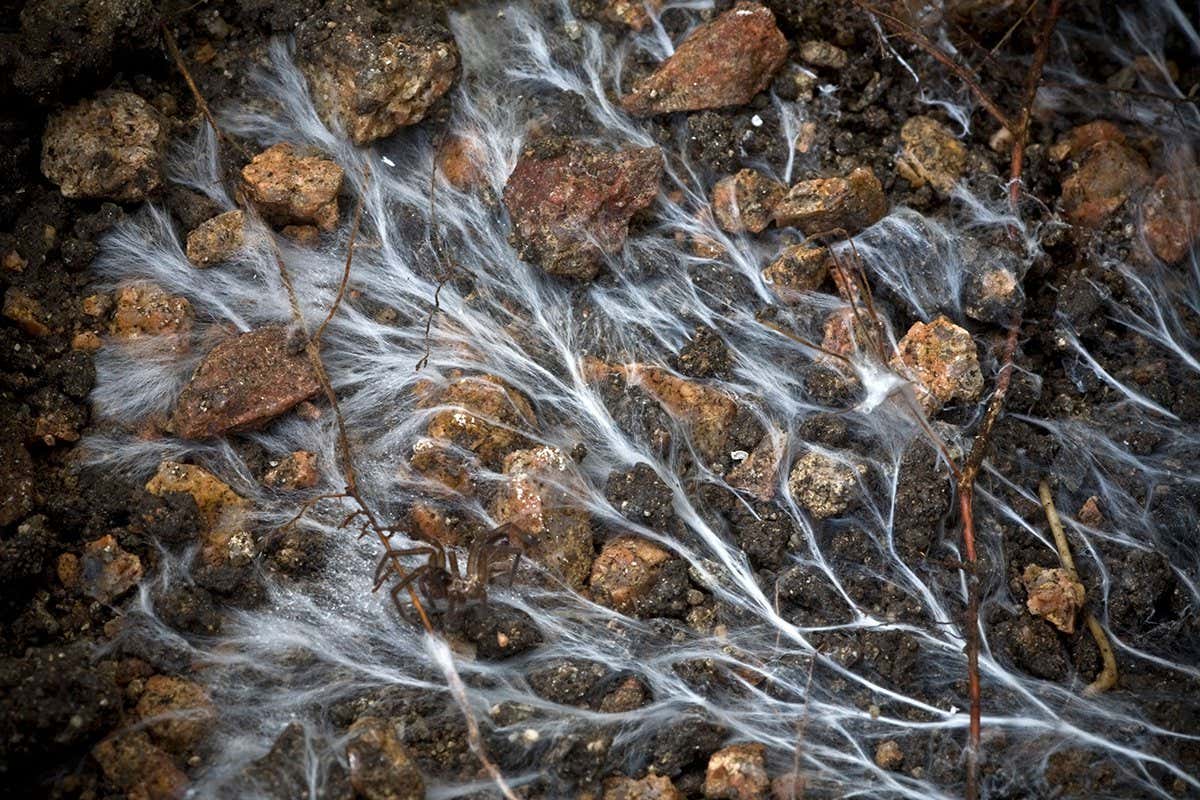Wild Fungi: Key to Enhanced Carbon Sequestration
The hidden world beneath our feet holds a powerful secret to combating climate change. Mycorrhizal fungi, a vast network of microscopic threads connecting plants and soil, are emerging as a crucial player in enhancing carbon sequestration – the process of capturing and storing atmospheric carbon dioxide (CO2). Recent research highlights the significant potential of these fascinating organisms to help mitigate the effects of climate change.
Understanding the Mycorrhizal Network
Mycorrhizal fungi form symbiotic relationships with the roots of most plants. These fungi act as an extension of the plant's root system, dramatically increasing its surface area for absorbing nutrients and water. But their role extends far beyond nutrient uptake. They play a vital role in the carbon cycle by:
- Transporting carbon: Mycorrhizal fungi actively transport carbon from plants into the soil, where it's stored in stable forms. This process effectively locks away CO2, preventing its release back into the atmosphere.
- Improving soil structure: The fungal hyphae (thread-like structures) bind soil particles together, creating a more stable and porous soil structure. This improved structure enhances water infiltration and retention, benefiting plant growth and further carbon storage.
- Protecting against erosion: A healthier, more stable soil structure reduces erosion, preventing the release of stored carbon into waterways and the atmosphere.
The Potential for Carbon Sequestration Enhancement
Scientists are increasingly recognizing the significant potential of mycorrhizal fungi to enhance carbon sequestration on a large scale. Studies have shown that healthy mycorrhizal networks can significantly increase the amount of carbon stored in soil compared to soils with less fungal activity. This opens up exciting possibilities for:
- Forest management: Promoting the growth and diversity of mycorrhizal fungi in forests could significantly boost their capacity to absorb and store atmospheric CO2. Sustainable forestry practices that prioritize soil health are crucial.
- Agricultural practices: Implementing agricultural techniques that support mycorrhizal fungi, such as reduced tillage and cover cropping, can improve soil health and carbon sequestration in farmland.
- Restoration projects: Utilizing mycorrhizal fungi in restoration projects can accelerate the recovery of degraded ecosystems and enhance their carbon sequestration potential.
Challenges and Future Research
While the potential of mycorrhizal fungi is vast, several challenges remain:
- Understanding fungal diversity: The diversity of mycorrhizal fungi is immense, and we still have much to learn about the specific roles different species play in carbon sequestration.
- Measuring carbon storage: Accurately quantifying carbon storage in soil, particularly the contribution from mycorrhizal fungi, remains a challenge. Further research and development of standardized methodologies are necessary.
- Scaling up solutions: Translating the findings from laboratory and small-scale studies to large-scale applications requires further research and innovation.
Conclusion: A Promising Avenue in Climate Change Mitigation
Mycorrhizal fungi represent a powerful, yet often overlooked, ally in the fight against climate change. By understanding and leveraging the potential of these remarkable organisms, we can unlock significant opportunities to enhance carbon sequestration and mitigate the impacts of global warming. Further research and investment in sustainable land management practices that support mycorrhizal fungi are crucial for harnessing their full potential in a future striving for a sustainable planet. This hidden world beneath our feet holds the key to a greener tomorrow.
Keywords: Mycorrhizal fungi, carbon sequestration, climate change, soil health, carbon cycle, sustainable forestry, agriculture, ecosystem restoration, fungi, environmental science.

